1. The Slow Loris
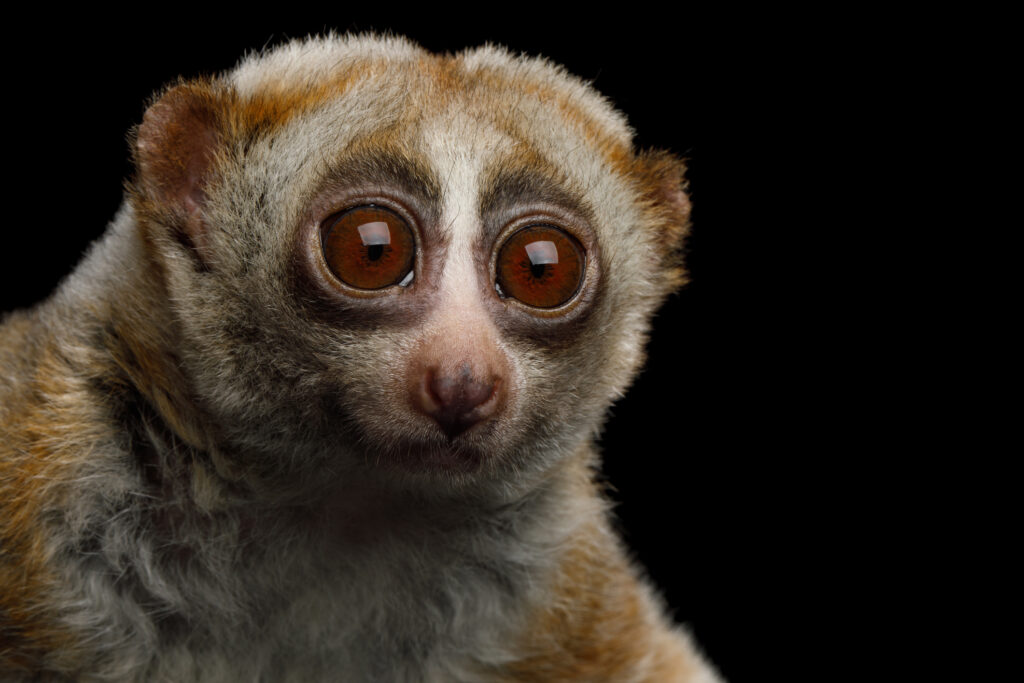
With their big, soulful eyes and teddy bear-like appearance, slow lorises look like they belong in a Disney movie—but they’re far from harmless. These nocturnal primates produce venom in their elbow glands, which they mix with their saliva to deliver a toxic bite. Their venom can cause allergic reactions, swelling, or even anaphylactic shock in humans. Despite their cuteness, slow lorises are notoriously aggressive when threatened, often striking out with surprising speed. Sadly, their adorable appearance makes them popular in the illegal pet trade, but owning one is both dangerous and harmful to the species.
2. Blue-Ringed Octopus

This palm-sized octopus looks like a piece of underwater jewelry with its glowing blue rings, but don’t be fooled—it’s one of the most venomous creatures in the ocean. Found in tide pools across the Pacific, the blue-ringed octopus can deliver venom that causes paralysis and death within minutes. The kicker? Their bite is painless, so you won’t even know you’ve been stung until it’s too late. They’re not aggressive, but when threatened, they flash those glowing blue rings as a warning—like nature’s most stylish “stay away” sign. Despite their deadly nature, they’re so pretty that people often try to pick them up—a mistake you’d only make once.
3. Pufferfish
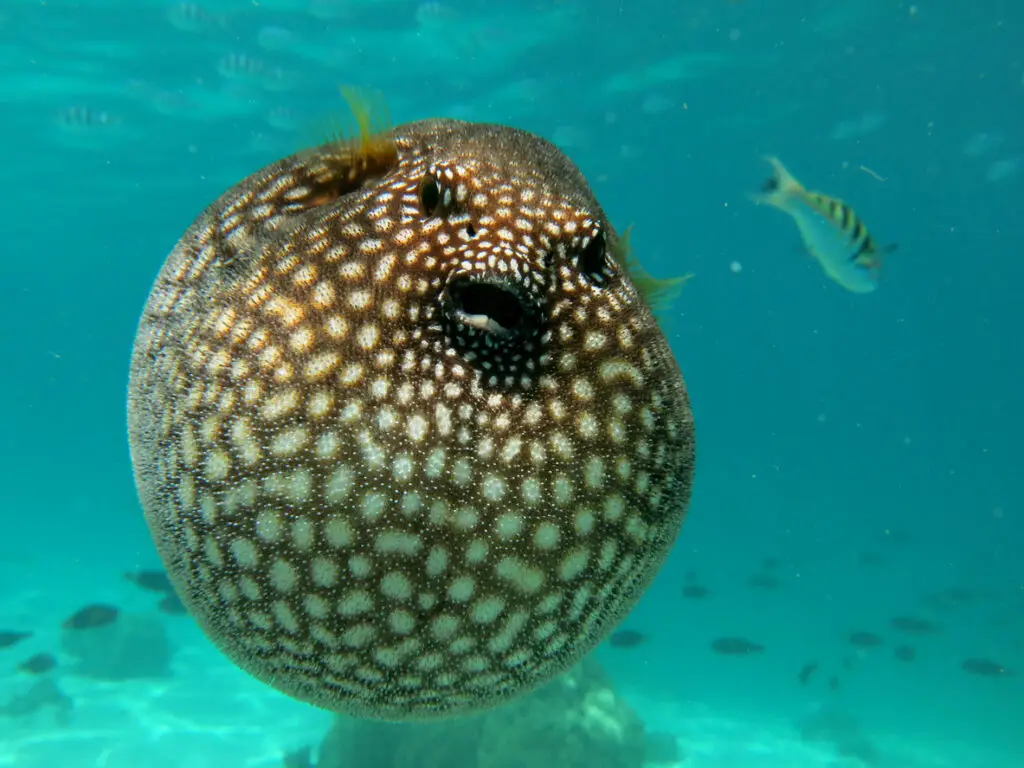
Pufferfish look like adorable underwater balloons when they puff up, but this defense mechanism comes with a deadly secret. They contain tetrodotoxin, a poison that’s 1,200 times more toxic than cyanide, and there’s enough of it in one fish to kill 30 adults. In Japan, pufferfish (known as fugu) are considered a delicacy, but chefs must undergo years of training to prepare it safely. While they don’t go around attacking people, even accidental contact can be fatal, making their cuteness incredibly deceptive. If you think you’ve found the ocean’s answer to a stress ball, think again—pufferfish don’t play around.
4. Poison Dart Frogs
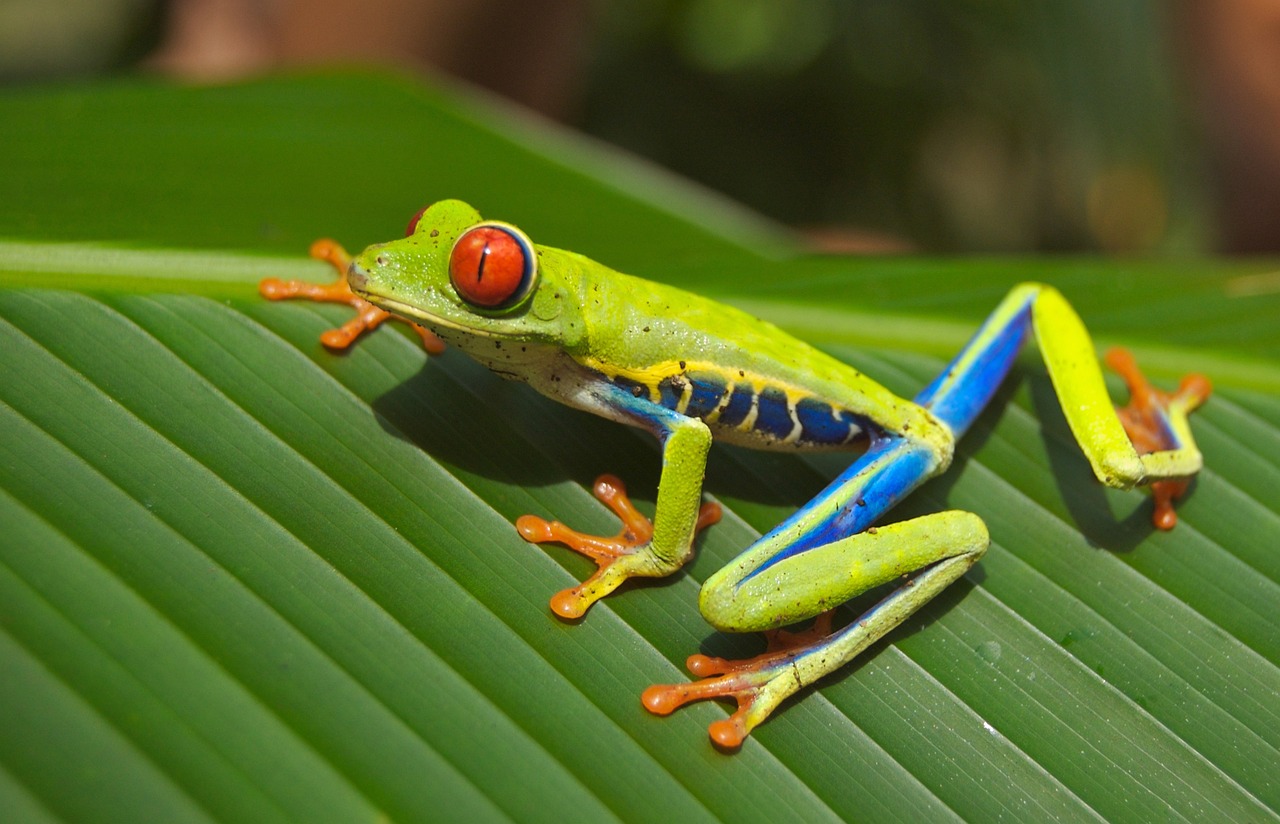
These tiny, brightly colored frogs look like they belong in a Pixar movie, but their beauty is their ultimate warning sign. Found in Central and South America, poison dart frogs secrete toxins through their skin that can paralyze or kill predators in seconds. Some species carry enough poison to kill 10 adult humans, making them tiny but deadly. Indigenous tribes once used their toxins to coat blow darts for hunting, which is how they got their ominous name. Their vibrant colors scream “do not touch,” but unfortunately, their cuteness often lures people into a regrettable close encounter.
5. Cone Snails
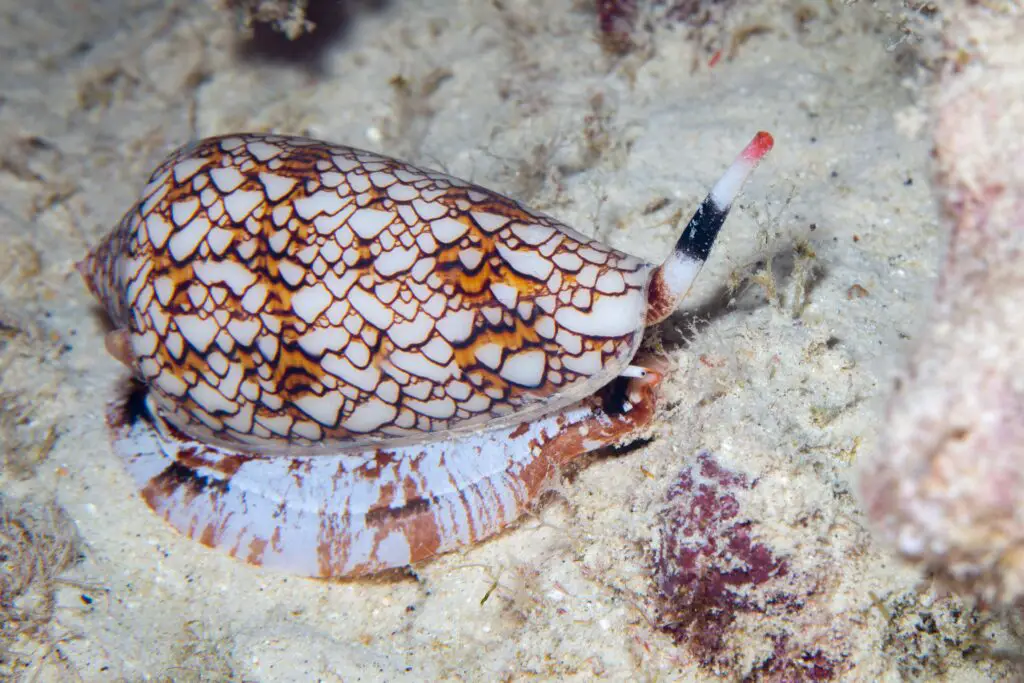
The cone snail looks like a beautiful seashell you’d find on a beach walk, but it’s actually a venomous predator armed with a harpoon-like tooth. It injects venom potent enough to paralyze or kill prey instantly, and some species carry toxins strong enough to kill a human. The scariest part? They’re not fast or flashy, just patiently waiting for you to mistake them for a harmless shell. They’ve earned the nickname “cigarette snail” because, after a sting, you’d only have time to smoke one before the venom takes effect. Admire from afar—because this tiny snail is nature’s ultimate “don’t touch” lesson.
6. Cassowaries

Cassowaries look like exotic, oversized turkeys, but these flightless birds are often called the most dangerous bird in the world. Found in Australia and New Guinea, they can grow up to 6 feet tall and are equipped with dagger-like claws capable of slashing predators—or humans—open. While they’re generally shy, a startled or cornered cassowary will charge and strike with alarming ferocity. Their aggression is no joke: cassowaries have been known to kill humans, earning them a reputation as modern-day dinosaurs. Despite their danger, they’re crucial to their ecosystem, spreading seeds through the forests as they roam.
7. Leopard Seals
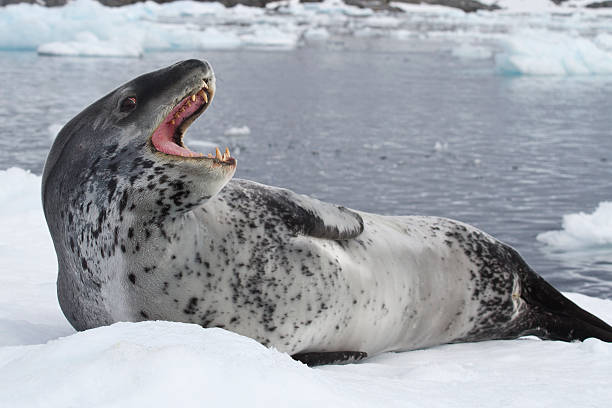
With their sleek bodies and puppy-like faces, leopard seals look like the playful dolphins of the Antarctic—but don’t let their looks fool you. These apex predators are highly aggressive, hunting penguins, fish, and sometimes even other seals. They’ve been known to approach humans in the water, and while some interactions are curious, others can turn terrifyingly dangerous. Their powerful jaws can crush bones, and their speed in the water makes them nearly impossible to escape. If you’re thinking of swimming near one, reconsider—this “cute” seal takes no prisoners.
8. Swans, Yes Swans!
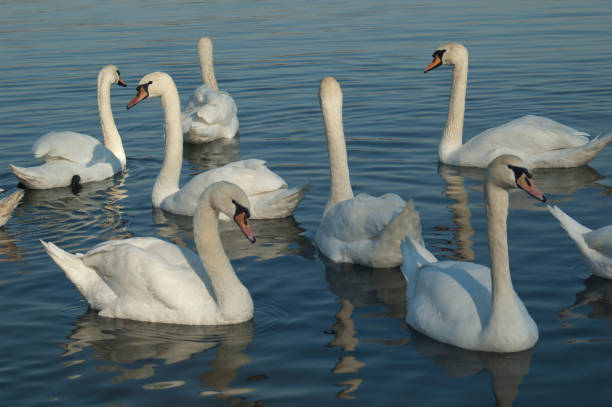
Swans may look like graceful symbols of love and beauty, but they’ve got an aggressive streak that can leave you rethinking your fairy tale fantasies. These territorial birds are fiercely protective of their nests and young, often attacking anyone who gets too close with flapping wings and sharp beaks. A swan’s wing can be strong enough to break a human arm, and they’ve been known to chase people, dogs, and even boats away from their territory. Their serene appearance hides a bird that will not hesitate to throw down if they feel threatened. If you see a swan puffing up and heading your way, don’t assume it’s coming for a cuddle—it’s time to retreat.
9. Pandas

Pandas may be nature’s poster children for cuteness, but behind those adorable black-and-white faces are surprisingly strong and aggressive animals. While they spend most of their day lazily munching bamboo, they’re still bears, with powerful jaws and sharp teeth that can cause serious damage if provoked. Pandas in captivity have occasionally attacked keepers who got too close or underestimated their strength. In the wild, they’re generally shy, but corner one, and you’ll see just how quickly they can go from cuddly to combative. Loving pandas from afar is your safest bet—because while they look huggable, they’re not interested in being your plush toy.
10. Stonefish
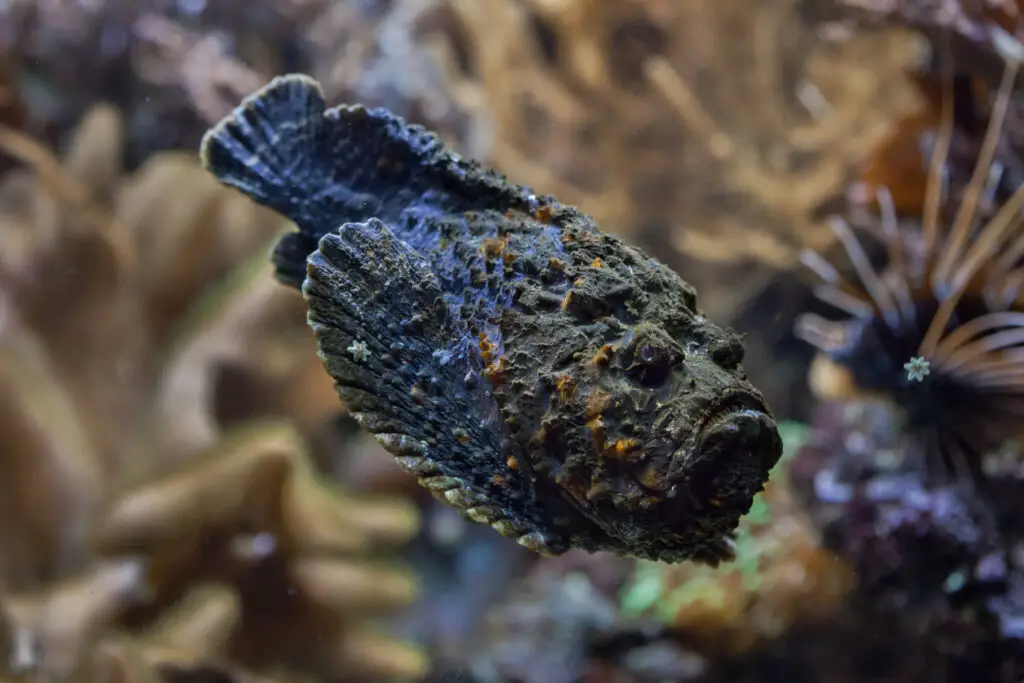
The stonefish is a master of disguise, blending seamlessly into the ocean floor to avoid detection. Unfortunately, stepping on one of these venomous fish can result in one of the most excruciating pains known to man. Their venom-filled spines can cause swelling, paralysis, and, in extreme cases, death. What makes them even scarier is their stealth—they don’t move much, so it’s easy to mistake them for a harmless rock. If you’re walking in tropical waters, tread carefully, because this “rock” has a deadly surprise in store.


